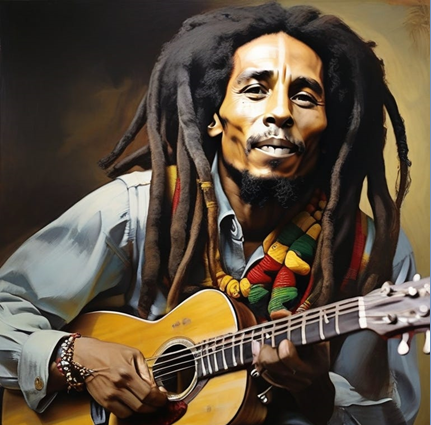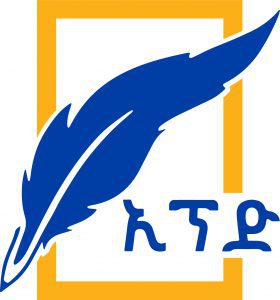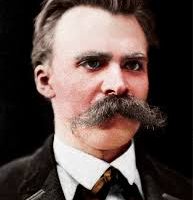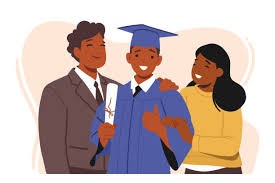
It is said that artistic works and cultural showcases have had an immense contribution to the effort geared towards exhibiting one’s own concrete identity and portray greater value in carrying out the intended gist’s to the needed society effectively. The justification for this emanated from the nature of art and culture itself. Unequivocally, artistic works, peculiarly bedecked with glamorous patterns, are chiefly meant for the soul of human beings and the precious treasures of the latter. This does prettily mean that the works that could take a specific setting are going to be universal in their point in the work. That is why the artistic works of one nation are going to be shared and admired by the other groups of society though the degree might vary from setting to setting and/or from nation to nation, too. Thus it is logical to say that art is the most cost effective, peaceful and fitting means of achieving the attempted goal through mobilizing the massive number of audiences at a time.
Next to its soul touchy nature, the artistic elements like its nature of dictions of humor, the application of figures of speech, creative characterization, creative setting, artistic plotting, and creative suspending, lyrical bouquets and the like have been giving give art the safest space for the creator. Thus it is up to the efficacy of the artist to play the emotions and thoughts of the audience. The third quality of art is the theme or the point needed to be transferred is gained from the reality of the universe. That is artists or writers pick up the controversial issues of the society that they stay the best tools to speak out the people’s concerns. Therefore, people prefer to use them than any other forms of approaches with a view to properly pronounce what they have at hand.
Because of the above mentioned qualities, art remains the best strategy to enrich the required people and help come up with a meaningful avenue to reveal who they are. This writer would like to see, using this specific juncture, the role of art for the liberation struggle and formation of African union. Desalegn Ketsela, teacher and head department of art and culture at Bahir Dar University was approached in a bid to garner professional and telling opinion in this regard. He said, “Art and culture has been playing a significant role in alerting and pushing Africans to fight for their freedom. Even during colonization the dominant colonizers were banning African’s from writing and exhibiting any form of art that could violate the colonizers’ rules and regulations.”
But there were writers and artists that never give up for these threatening measures. For instance Wole Soyinka is the prominent writer that raised the exploitation of British colonization over Nigerians. In his works, he explored the irritating facts of Nigerians and the harsh exploitations of colonizers. These works echo the relevance of struggling for independence.
For the purpose of citing the idea of the other writer, Nugugi wa Thiongi of Kenya, he reflected that Kenyans had a great attachment with their land. He said that the soil, the land and the territory belongs to the ancestors of Kenyans. Thus, newcomers need leave it to the owners. In such themes, the people were moving ahead to fight colonizers.
As Desalegn underlined in Ethiopia too there have been writers that echo for African’s togetherness and unity. Instances can be Tesfaye Abebe’s work called ‘Keyu Machid’, Tesfaye Gessesse’s ‘Ekawu’ and the like. These works are about the relevance of solidarity and unity. There are also plays like ‘Deha Adeg’ and ‘Shotelay’ in which the invaluable facets of art have been exposed. In these plays, the necessity of Ethiopian unity and togetherness are artistically mirrored.
Music was also the most influential aspect of art that fosters Africans liberation and unity. Some powerful African music that mobilizes the dominant African people for freedom fighting and unity can also be cited along this line.
The first notable song that almost awakens all Africans is ‘Africa Unite’ melody by the late reggae king Bob Marley. In this song, the artist amplifies his wish of African unity. In this work he preaches African people to come together and stand as one Africa. Unity is necessary for fighting operation of colonizers.
The other influential song was sung by Davido Tiwa Savage Sarkodie and Lola Rae called ‘We are one Africa’. This song’s video was made on the dust streets of Nigeria. The basic theme of this song is all Africans had many common things that bridge them to coming together. It encourages Africans to stand for unity and cooperation.
Another song which was made by the Ghanaian singer Wiyaala entitled ‘Africa’. This song talks about Africa’s precious mineral wealth. It mentions the precious minerals found in Africa but laments because of lack of peace on the continent. In this song, the singer said that “I am not just talking about wars, and terrorism, I am also talking about hatred and jealousy on operational level where we are fighting as individuals bear false witness and create enemy between ourselves.” Thus he wanted each and every African individual to look to his or her self and leave their negativity between themselves and stand together for using the minerals for development and change. He calls for love and cooperation instead of jealousy and hatred, and cooperation over confrontation.
The song entitled “Africa is crying” by Simon Chimbetu talks about the challenges faced by the African people. The singer raises the terrible facts that the people of the content have been facing. He mentioned the cities of Somalia, Zimbabwe, Mozambique and DRC as instances for showing the idea. He begs God to intervene and save the continent. Thus the challenges raised were very strong in recalling the sympathy of the audiences that this arouses people’s reaction and way out for solution.
Loving and dignifying the continent itself was also orchestrated by the song called ‘Africa to be’. In this melody, the affectionate love of the land of Africa is reflected. The strong tie that Africans had with their soil is well articulated. In relation to this the song sung by Salif Keita called ‘The Golden Voice of Africa’ was released on 1995. It is seen that this music has become the unofficial anthem of the continent. The song is about evoking a sense of pride for Africans for their resourceful and beautiful continent.
In Ethiopia, too, there are songs that alert the people about the relevance of unity and solidarity. The most acknowledged and loved singer honorary Doctor Tewodros Kassahu (Teddy Afro) has artistically documented the role of Ethiopia in the formation of African Union in the song called ‘Haile Selassie’. In this melody, he raised the strongest contribution and worth of the king of that time, Haile Selassie. In the song, the relevance of coming together as Africans is also underlined.
The writer would just mention very little instances, which is tantamount to picking up a spoonful of water from an ocean, out of the enormous artistic works of Africans that did play a greater role for warning the people for freedom fighting and consolidating unity.
Let me exhort my case by revealing the untold significance of art and culture as it is the most powerful mechanism to mirror the realities of the people, the true manifestations of inhabitants and mobilize them in the attempted direction. Though art is this much powerful and the safest way for massive mobilization, it seems that Africa is absolutely left with a long journey to harvest the optimal benefit out of its intangible resources and a lot be done to use it for further unity and cooperation. In this regard, Desalegn said that in order to enable art overcome its responsibility, there are many things to be fulfilled. He believed that art by its very nature requires free space and free will. Therefore, the responsible bodies need to accommodate this in advance. Since art is up to the efficacy of the artist‘s creativity, this aspect requires the attention and good weight of many bodies including governments.
As the scholar pointed out, the aforesaid communal issues and concerns could be addressed effectively with no cost if the working environment for art and artists get favorable. He urged every concerned body to react and move in unison accordingly to make a difference.
BY MEKDES TAYE (PhD)
THE ETHIOPIAN HERALD SATURDAY 15 FEBRUARY 2025




